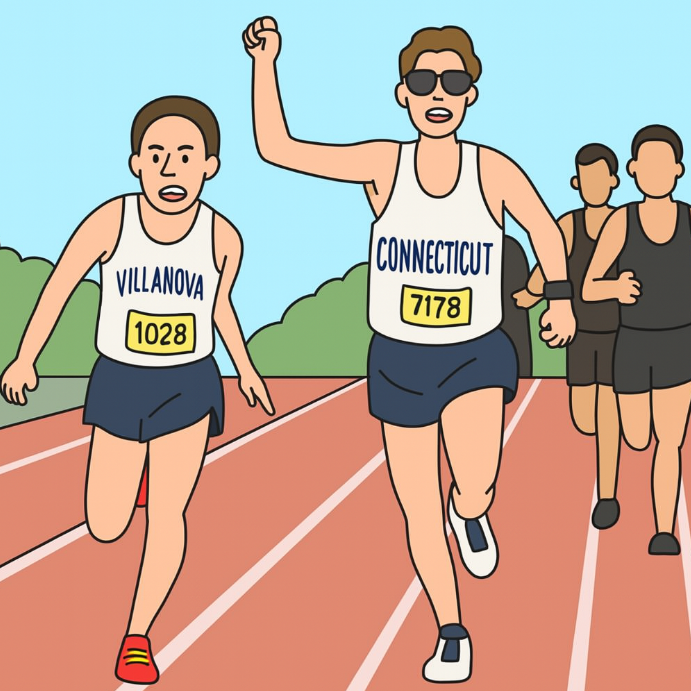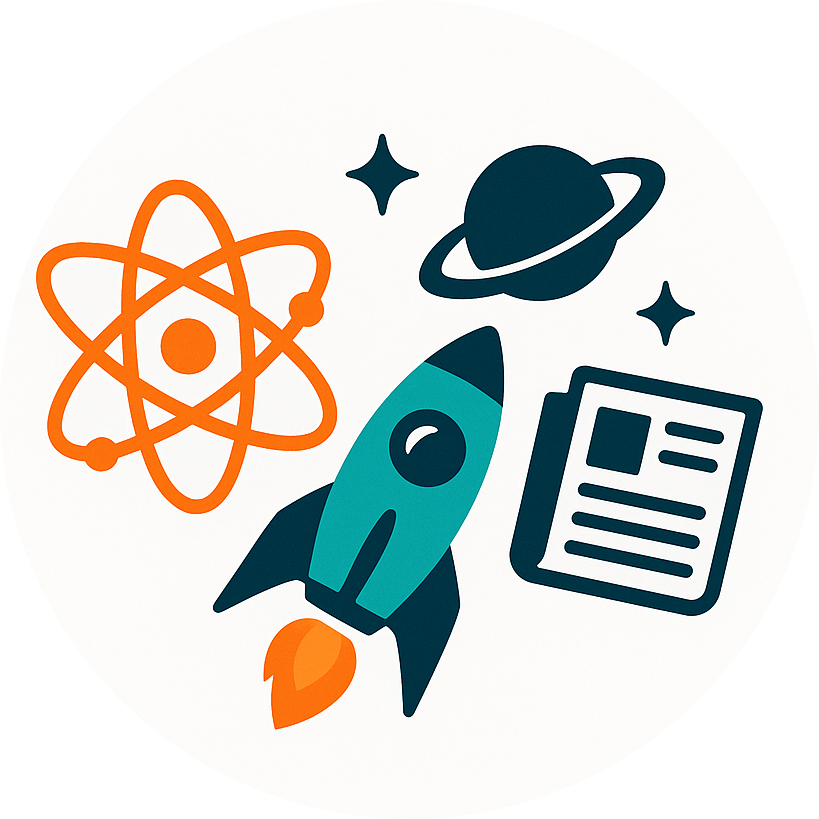
When Research Stalls at the Finish Line
We are living in a golden age of data and discovery (though I confess it sometimes doesn’t feel like that). Biomedical science, public health research, and behavioral data are being produced at unprecedented rates. But with this explosion of information comes a growing gap: while knowledge increases, our ability to translate it into practice struggles to keep up.
Policymakers, frontline practitioners, and even scientists themselves are overwhelmed by the scale and complexity of new findings. Valuable insights remain locked in academic journals, siloed databases, and inaccessible formats. This creates a bottleneck not in discovery, but in dissemination and application.
We need to rethink how knowledge is shared, contextualized, and applied. The future of scientific advancement relies not only on what we learn but also on how effectively we implement those lessons in the real world.
A Vision for Change: Building Translation Infrastructure
We believe the future lies in building a robust infrastructure for knowledge translation—a system that moves beyond raw data to deliver synthesized, accessible, and actionable insights to the people and communities who need them most. This infrastructure must do the following:
1. Leverage AI for Synthesis and Accessibility: Advanced tools, such as natural language processing, retrieval-augmented generation, and explainable machine learning, can now identify patterns across disciplines, convert jargon into plain language, and generate customized outputs for different users. But these technologies must be used responsibly, with attention to transparency, usability, and accuracy across populations.
2. Deliver Content in Human-Centered Formats: The goal is not just publication. It is practical utility. Tools must translate complex findings into visual briefs, contextual alerts, multilingual summaries, and training-ready materials. This is especially critical in fields such as environmental health, behavioral science, and health equity, where audiences include clinicians, educators, local organizers, and others.
3. Design for Organizations Without Technical Teams: Many of the most important actors in public health and community development—such as small nonprofits, rural clinics, and school systems—lack in-house data science teams. They need plug-and-play solutions, cloud-based platforms, and modular tools that lower the barrier to evidence use.
4. Break Down Silos with Interoperable Systems: New knowledge is only powerful when it connects to what came before. This requires shared metadata standards, open APIs, and systems that integrate structured and unstructured data—from peer-reviewed literature to community assessments and government datasets.
Rethinking What Success Looks Like
If we want science to serve society, we must expand our definition of impact. Traditional metrics, such as peer-reviewed citations and algorithmic accuracy, are no longer enough.
New tools must be judged by their ability to inform action. Can a community health coalition use an AI-generated summary to strengthen a grant application? Can a teacher use a visual synthesis to improve health education? Can a local government respond to a public health trend using near-real-time evidence?
Evaluation frameworks must account for usefulness, uptake, and user trust, especially among non-academic stakeholders.
What Institutions Must Do
Institutions that curate and distribute scientific knowledge, such as libraries, funding bodies, public health agencies, and research collaboratives, must expand their roles. They must not only house and protect information, but also invest in its translation and application.
We call on these institutions to:
- Fund full pipelines from research to community dissemination
- Support the development of AI-driven tools that are transparent, customizable, and community-tested
- Ensure access for smaller organizations through low-cost, cloud-based infrastructure
- Prioritize cross-domain integration and plain-language communication
- Adopt evaluation models that consider social relevance, equity, and usability
This is not a technical challenge alone. It is a social and ethical commitment to making sure knowledge benefits everyone, not just the well-resourced or highly educated.
PubTrawlr: Building the Future Now
At PubTrawlr, we are already turning this vision into reality. Our platform pulls from thousands of scientific articles across domains and translates them into readable, actionable summaries. We use retrieval-augmented generation, natural language processing, and human-centered design to ensure that the insights we deliver are both accurate and usable.
Our initiatives (ike This Week in Public Health and This Week in Science) help school psychologists, public health departments, advocacy groups, and educators access high-quality research in ways that support their real work. From plain-language synthesis to AI-powered curation, we’re demonstrating what a new kind of knowledge infrastructure can look like.
But we cannot do it alone. We need a collective shift among funders, public institutions, and research networks to prioritize accessibility, context, and action.
If we want knowledge to serve the public, we must build systems that serve the people. Let’s create a future where no valuable insight gets lost in translation.



